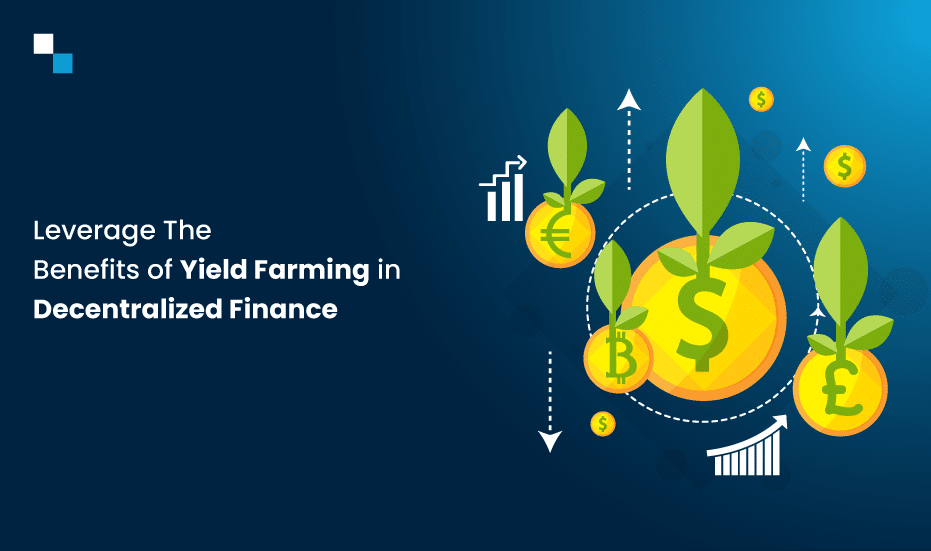Unlocking The Potential Of Decentralized Finance: A Guide To Yield Farming
Unlocking the Potential of Decentralized Finance: A Guide to Yield Farming

- Embracing The Digital Age: A Comprehensive Guide To Safely Buying And Storing NFTs
- What Are Crypto Vaults And How Do They Enhance Security
- Breaking Down Borders: How Crypto Is Revolutionizing Global Finance
- Securing Your Digital Assets: The Power Of Multi-Signature Wallets
- Embracing The Crypto Revolution: Top Payment Gateways For Forward-Thinking Online Businesses
Imagine being able to earn a steady stream of interest on your cryptocurrency holdings without having to rely on traditional banks or financial institutions. Sounds too good to be true? Welcome to the world of DeFi yield farming, where individuals can lend, borrow, and earn interest on their digital assets in a decentralized and democratized manner.
In this innovative space, yield farming has emerged as a popular strategy for earning passive income. It involves providing liquidity to decentralized finance (DeFi) protocols, such as lending platforms, decentralized exchanges (DEXs), and stablecoin issuers, in exchange for interest, fees, or other rewards.
Here’s a step-by-step guide to help you understand the concept of DeFi yield farming and how to get started:
What is Yield Farming?
Yield farming is the practice of actively investing or lending your digital assets to generate returns in the form of interest, fees, or tokens. It’s similar to traditional farming, where you plant seeds (your assets) and nurture them (provide liquidity) to harvest crops (earn interest). In the context of DeFi, yield farming enables individuals to participate in a wide range of financial activities, including lending, borrowing, and trading, all within a decentralized framework.
How Does Yield Farming Work?
The yield farming process typically involves the following steps:
- Select a DeFi protocol: Choose a reputable DeFi platform that aligns with your investment goals and risk tolerance. Popular options include Compound, Aave, and Uniswap.
- Provide liquidity: Deposit your digital assets into the chosen protocol, which can be used to facilitate lending, borrowing, or trading activities.
- Earn interest or rewards: As a liquidity provider, you’ll receive interest, fees, or tokens as a reward for participating in the protocol. These rewards can be generated through various mechanisms, such as interest on loans, trading fees, or token emissions.
- Harvest and compound: Periodically collect your rewards and reinvest them to maximize your earnings. This compounding effect can help your returns grow exponentially over time.
Types of Yield Farming Strategies
Several yield farming strategies have emerged, each with its unique characteristics and risk profiles. Some popular options include:
- Liquidity provision: Providing liquidity to decentralized exchanges (DEXs) or lending platforms to earn fees and interest.
- Lending: Lending your digital assets to borrowers on lending platforms, such as Compound or Aave.
- Stablecoin farming: Participating in stablecoin issuers, such as MakerDAO or Paxos, to earn interest on stablecoin deposits.
- Token-based yield farming: Investing in token-based protocols, such as yearn.finance or Curve, to earn interest and rewards.
Benefits and Risks of Yield Farming
Yield farming offers several benefits, including:
- Passive income: Earn regular income without actively managing your assets.
- Decentralization: Participate in a democratized financial system, free from traditional intermediaries.
- Flexibility: Choose from a wide range of DeFi protocols and strategies to suit your investment goals.
However, yield farming also carries some risks, including:
